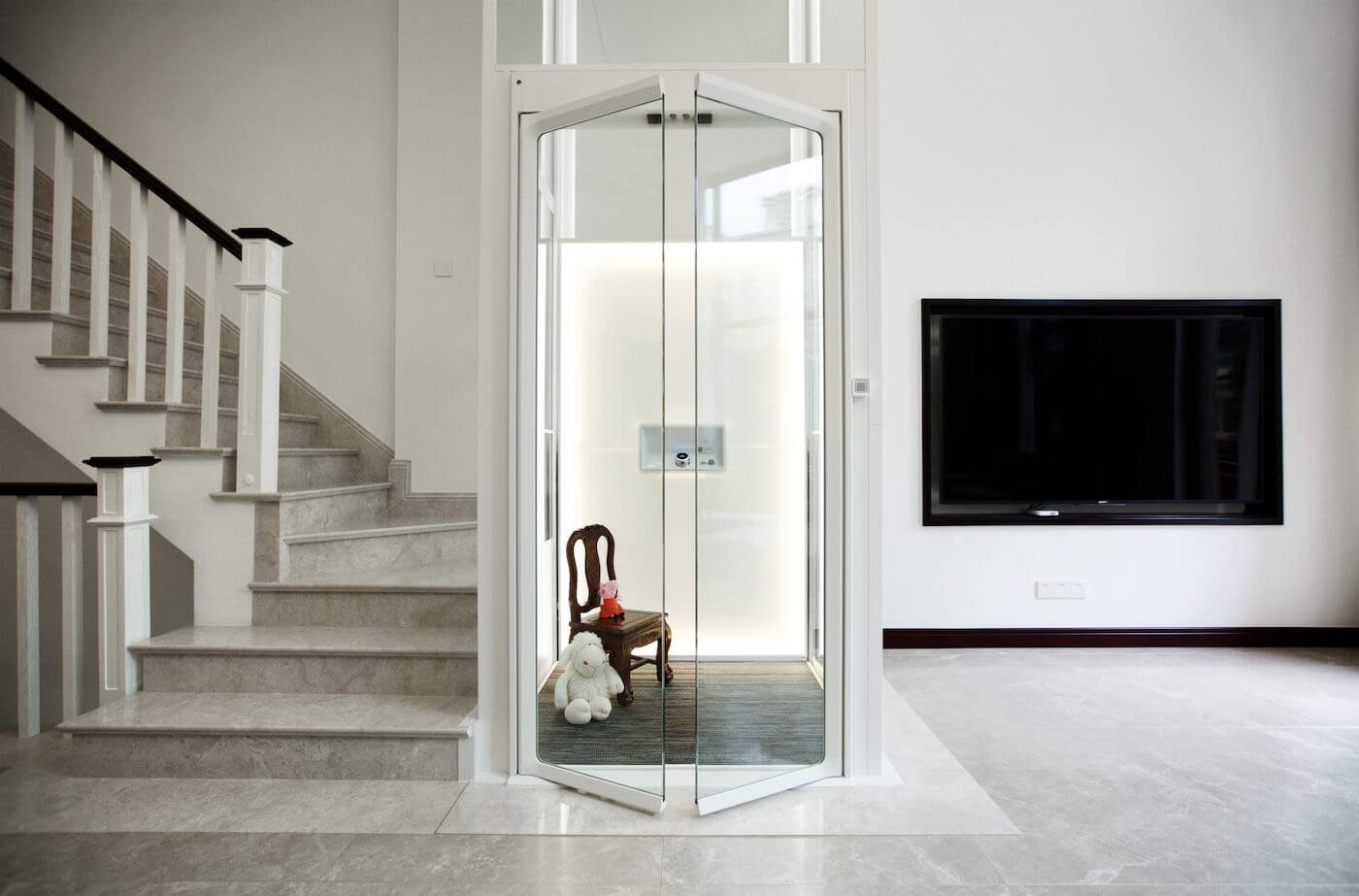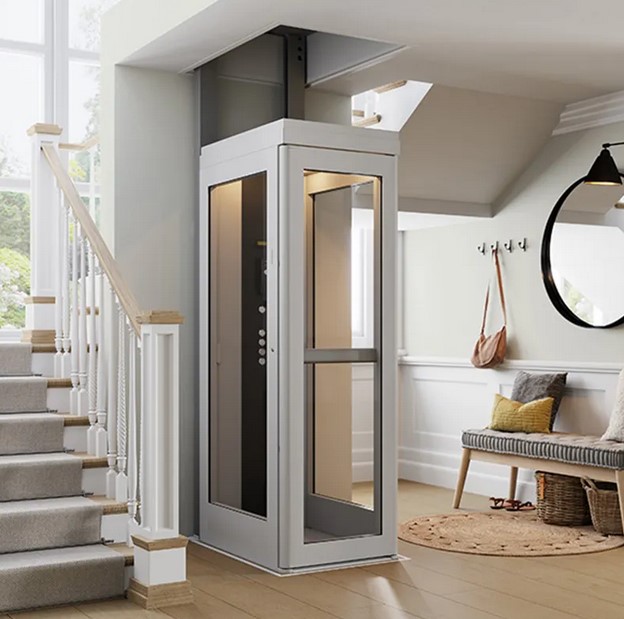Exploring the World of Elevators: Common Problems Faced by Numerous Lift Systems
As we navigate via the vertical transportation systems of modern buildings, elevators attract attention as a crucial element of our day-to-days live. However, behind their seamless operation lies a globe of elaborate devices that can often run into challenges. From hydraulic elevators to grip systems and machine-room-less layouts, each lift type includes its set of usual problems. Recognizing these difficulties is crucial for making sure the smooth performance of these important systems. Allow's explore the complexities that underlie the procedure of lifts and the prospective issues that can develop, shedding light on the complex internet of lift mechanisms.
Hydraulic Lifts
Hydraulic elevators, typically favored for low-rise buildings, utilize fluid pressure to manage the activity of the lift car (lift repair companies). This system includes a hydraulic pump pressing oil right into a cylinder, causing the lift to relocate the desired direction. While hydraulic elevators are understood for their silent and smooth procedure, they do come with their own set of typical problems
One widespread trouble with hydraulic lifts is oil leak. The seals in the hydraulic system can wear with time, bring about oil infiltration. This not just develops a mess yet can additionally affect the elevator's performance if left unaddressed. Furthermore, problems with the control system, such as malfunctioning shutoffs or a malfunctioning pump, can trigger interruptions in the lift's motion.
Normal upkeep and punctual repairs are important to make sure the smooth performance of hydraulic elevators. By dealing with these common concerns proactively, building proprietors can lessen downtime and guarantee the safety and efficiency of their upright transportation system.
Grip Elevators
When considering upright transport systems in buildings, another typical kind other than hydraulic elevators is the grip elevator. Traction lifts operate using a system of ropes and counterweights that relocate the lift cars and truck by grasping onto the hoist ropes. This device permits for smoother and quicker vertical transport compared to hydraulic systems.
Among the typical issues dealt with by traction lifts is rope wear. The continuous movement of the ropes within the grip system can lead to tear and wear with time, potentially creating the elevator to breakdown or become harmful for use. Regular assessments and maintenance of the ropes are necessary to make sure the lift's proper functioning and safety and security.
One more concern that traction lifts may encounter is associated with the control system. Issues with the control system can result in concerns such as erratic motion, hold-ups in feedback times, or even full shutdowns. Routine screening and upkeep of the control system are critical to prevent such problems and make certain the elevator's dependability.
Machine-Room-Less (MRL) Lifts

One of the key parts of MRL lifts is the compact gearless grip maker that is installed within the hoistway. This equipment effectively drives the elevator vehicle without the demand for large equipment located in standard traction elevators. Furthermore, MRL elevators usually make use of a counterweight system to stabilize the cars and truck, additional boosting their energy performance.
Despite their advantages, MRL lifts may deal with obstacles connected to repair and maintenance as a result of the confined area for equipment setup. Ease of access for servicing parts within the shaft can be limited, calling for specialized training for specialists. Appropriate upkeep timetables and normal inspections are vital to ensure the continued smooth procedure of MRL lifts.
Overloading and Weight Restriction Issues
Are elevators furnished to take care of excess weight loads effectively and securely? Straining and weight restriction issues are crucial issues in elevator procedures. Elevator manufacturers style lifts with certain weight abilities to make certain passenger security and tools long life. Going beyond these weight restrictions can bring about numerous troubles, consisting of mechanical failings, delays, and security hazards.
When elevators are overloaded, it places extreme stress on the motor, cables, and various other elements, possibly triggering malfunctions or breakdowns. Security mechanisms such as sensing units and overload sensing units remain in place to stop elevators from moving if they identify excess weight. Furthermore, exceeding weight limitations can cause raised energy why not try here consumption and damage on the lift system.
To alleviate overloading concerns, constructing supervisors ought to plainly present weight limitations in elevators and educate owners on the significance of adhering to these constraints - lift repair companies. Regular upkeep click to investigate checks by certified technicians can likewise help guarantee that elevators are operating within secure weight parameters. By resolving overloading and weight restriction concerns proactively, building proprietors can boost lift safety and efficiency
Electrical System Failings
Going beyond weight limits in elevators can not only lead to mechanical issues but also potentially add to electric system failings within the lift infrastructure. Electrical system failures are a vital worry in elevator operation, as they can cause unexpected closures, malfunctions, or also safety and security risks.
Routine maintenance and inspections are vital to determine and resolve prospective electric problems promptly, ensuring the safe and reliable procedure of elevator systems. By sticking this to weight limits and carrying out routine electrical system checks, structure owners can reduce the threat of electrical failings in lifts.
Final Thought

Hydraulic lifts, usually chosen for low-rise structures, make use of fluid pressure to regulate the movement of the elevator auto.When thinking about vertical transport systems in structures, one more usual kind apart from hydraulic lifts is the grip elevator. Grip lifts operate making use of a system of ropes and counterweights that relocate the lift automobile by clutching onto the hoist ropes. Unlike standard elevators that call for a separate maker space to house the equipment, MRL lifts incorporate many of the elements within the shaft, getting rid of the requirement for a dedicated machine space.In final thought, lifts deal with common problems such as hydraulic breakdowns, grip system failings, and electrical system troubles.
Comments on “We Maintain Lifts with Accuracy: Ensuring Safety and Efficiency”